Home>Articles>Which Ladder Materials Should Be Avoided When Working Near Power Lines
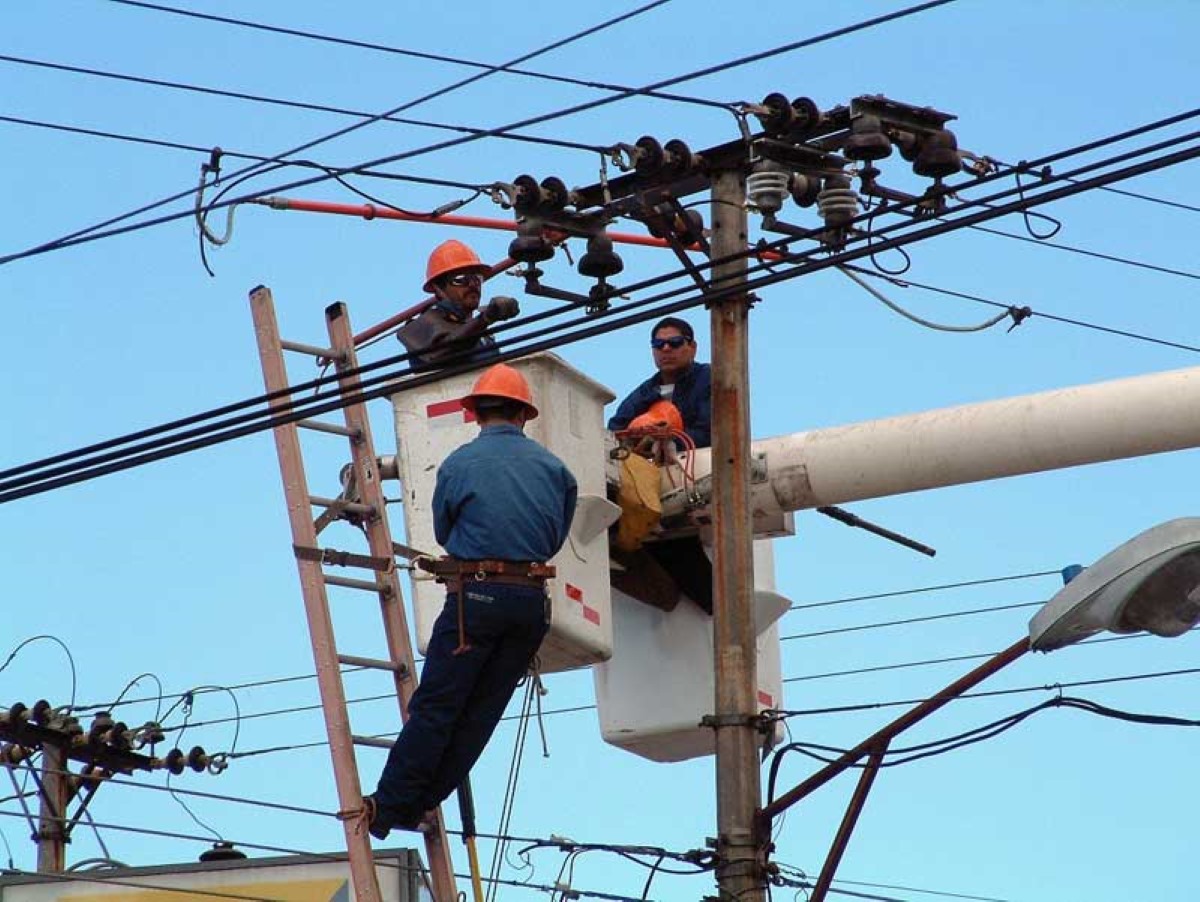

Articles
Which Ladder Materials Should Be Avoided When Working Near Power Lines
Modified: December 7, 2023
Discover which ladder materials to avoid when working near power lines in this informative article. Stay safe and avoid accidents with these tips.
(Many of the links in this article redirect to a specific reviewed product. Your purchase of these products through affiliate links helps to generate commission for Storables.com, at no extra cost. Learn more)
Introduction
Working near power lines can be a hazardous task, especially when using ladders. The materials used in ladder construction can have a significant impact on safety when working in close proximity to power lines. It is crucial to understand which ladder materials should be avoided to minimize the risks associated with electrical hazards.
Power lines carry extremely high voltages, which can result in severe injuries or even fatalities if proper precautions are not taken. It is essential to prioritize safety and follow strict guidelines when working near power lines.
In this article, we will explore the potential hazards of working near power lines and discuss ladder materials that should be avoided in such situations. By understanding these risks, professionals and homeowners can make informed decisions to ensure their safety when working at heights near power lines.
Key Takeaways:
- When working near power lines, avoid metal, wooden, composite ladders with metal components, and bamboo ladders. Instead, prioritize safety by using non-conductive fiberglass ladders to minimize the risk of electrical accidents.
- Fiberglass ladders are the ideal choice for working near power lines due to their non-conductive properties, lightweight durability, and resistance to corrosion. Prioritizing safety with the right ladder material is crucial for a secure working environment.
Understanding Power Lines
Before diving into the ladder materials to avoid when working near power lines, it is crucial to have a basic understanding of power lines and how they function. Power lines are essential components of the electrical distribution system, which carries electric power from generating stations to our homes, businesses, and public facilities.
Power lines transmit electricity at high voltages, typically ranging from hundreds to thousands of volts, depending on the transmission system. These high voltages are necessary to efficiently transport electricity over long distances with minimal losses.
Power lines consist of conductors, usually made of aluminum or copper, which are supported by various structures such as poles or towers. These conductors carry the electrical current from the generating station to the distribution transformers and ultimately to the end-users.
Power lines are categorized into several types, including transmission lines, distribution lines, and service lines. Transmission lines carry electricity at high voltages from the generating station to substations, where the voltage is stepped down for distribution. Distribution lines, on the other hand, distribute electricity at lower voltages to residential and commercial areas. Service lines connect individual buildings or premises to the distribution system.
It is important to note that power lines are usually insulated, meaning they are covered with materials that prevent the flow of electricity from coming into direct contact with external objects. However, this insulation may not provide complete protection against electrical shock, especially in the case of high voltages.
Now that we have a basic understanding of power lines, let’s explore the potential hazards of working near them and why certain ladder materials should be avoided in these situations.
Potential Hazards of Working Near Power Lines
Working near power lines poses significant risks due to the potential for electrical contact and shocks. The hazards associated with working in close proximity to power lines include:
- Electrical Shock: The primary risk when working near power lines is the possibility of electrical shock. Coming into contact with a power line can result in a severe electric shock, which can cause burns, cardiac arrest, and even death. The high voltage carried by power lines can travel through the body, leading to serious injuries.
- Arc Flash: Power lines can generate an arc flash, which is a sudden release of electrical energy through the air. Arc flashes can generate intense heat, light, and pressure waves, causing severe burns, blindness, and hearing damage to individuals in close proximity.
- Electromagnetic Fields (EMF): Power lines produce electromagnetic fields (EMF), which can potentially affect the health of people working nearby. Prolonged exposure to high EMF levels can lead to various health issues, such as increased risk of cancer, neurological disorders, and reproductive problems.
- Falling Hazards: When working at heights near power lines, there is a risk of falling. This can be due to unstable ladder placement, loss of balance, or accidental contact with the power line itself. A fall from a significant height can result in severe injuries or even fatalities.
Given these potential hazards, it is crucial to take appropriate precautions when working near power lines. One essential precaution is selecting the right ladder material to minimize the risk of electrical contact and ensure worker safety. Let’s explore the ladder materials that should be avoided in these situations.
Ladder Materials to Avoid
When working near power lines, certain ladder materials should be avoided to minimize the risk of electrical accidents. These materials have properties that make them conductive or increase the likelihood of electrical contact. It is crucial to understand the ladder materials to avoid in these situations:
- Metal Ladders: Ladders made of metal, such as aluminum or steel, should be avoided near power lines. Metal is an excellent conductor of electricity, meaning it can easily transmit electrical current if it comes into contact with a live power line. Using a metal ladder near power lines significantly increases the risk of electrical shock or arc flash.
- Wooden Ladders: While wooden ladders are not conductive like metal ladders, they still pose risks when used near power lines. Wood is a natural material and can become conductive if it gets wet or damp. This can increase the likelihood of electrical contact and put the worker at risk of electric shock.
- Composite Ladders with Metal Components: Some ladders are made of composite materials that incorporate metal components, typically for added strength. These ladders should also be avoided near power lines, as the metal components can conduct electricity if they come into contact with live power lines.
- Bamboo Ladders: Bamboo ladders are traditionally used in certain regions, especially for light-duty tasks. However, bamboo is a natural material and can conduct electricity if it becomes wet or damp. Therefore, it is unsafe to use bamboo ladders near power lines.
When working near power lines, the ladder material selection is critical for ensuring the safety of workers. It is crucial to use specialized non-conductive ladders specifically designed for electrical work in these situations. These ladders are typically made of fiberglass or other non-conductive materials, which significantly reduce the risk of electrical accidents.
Fiberglass ladders, in particular, are the preferred choice when working near power lines. Fiberglass is a non-conductive material that does not allow electricity to pass through easily. This makes fiberglass ladders a safe option for electrical work, as they provide an additional layer of protection against electrical shocks and arc flashes.
By avoiding metal, wooden, composite ladders with metal components, and bamboo ladders, and instead opting for non-conductive ladders like fiberglass, workers can effectively mitigate the risk of electrical accidents when working near power lines.
Wooden Ladders
Wooden ladders have been traditionally used across various industries and households due to their affordability and versatility. However, when it comes to working near power lines, wooden ladders should be avoided due to the potential risks they pose.
Wood, being a natural material, is not inherently conductive like metals. However, it can become conductive if it gets wet or damp. Moisture can lower the resistance of wood, allowing electricity to flow through it more easily. This means that even if the ladder itself does not directly touch a power line, it can still pose a significant risk of electrical shock.
Another concern with wooden ladders is their stability. Wood, particularly untreated wood, is more susceptible to warping, splitting, or weakening over time. This can compromise the ladder’s structural integrity and increase the likelihood of accidents, especially when working at heights near power lines.
Furthermore, wooden ladders are not designed with the same safety features as specialized non-conductive ladders. They lack the insulation properties that are necessary when working near electricity. This makes wooden ladders ill-suited for electrical work, as they offer limited protection against electrical accidents.
Using a wooden ladder near power lines can result in severe consequences, including electric shock, arc flashes, and even electrocution. Workers may come into accidental contact with the power line or unknowingly touch a conductive surface while using the ladder, leading to disastrous outcomes.
Therefore, it is vital to prioritize safety and choose the right ladder material when working near power lines. Opting for non-conductive ladders that are specifically designed for electrical work, such as those made of fiberglass, is a much safer choice.
Fiberglass ladders do not conduct electricity and provide an added layer of insulation, minimizing the risk of electrical accidents. They are also more durable and stable than wooden ladders, making them a reliable option for working at heights near power lines.
To ensure the safety of workers and reduce the potential for electrical accidents, it is strongly advised to avoid using wooden ladders when working near power lines and opt for non-conductive alternatives instead.
When working near power lines, avoid using ladders made of conductive materials such as metal or aluminum. Instead, opt for ladders made of non-conductive materials like fiberglass or wood to reduce the risk of electrical shock.
Aluminum Ladders
Aluminum ladders are commonly used in various industries and households due to their lightweight nature and durability. However, when it comes to working near power lines, aluminum ladders should be avoided due to the risks they pose in electrical environments.
Aluminum is a highly conductive metal, meaning it easily allows the flow of electricity. This conductivity makes aluminum ladders extremely dangerous when used near power lines. Even if the ladder itself does not come into direct contact with a live power line, electrical currents can still pass through the ladder if it gets too close to the line.
Using an aluminum ladder near power lines significantly increases the risk of electrical shock or arc flash. If the ladder makes contact with a live line or even comes close enough to induce electrical arcing, it poses a severe hazard to the person using the ladder.
Additionally, aluminum ladders are more prone to bending or warping under heavy loads or excessive pressure. This can compromise their stability and structural integrity, increasing the risk of accidents when working at heights near power lines.
Furthermore, aluminum ladders lack the insulation properties required for working around electricity. They do not provide adequate protection against electrical shock, as aluminum is a conductor and does not provide the necessary insulation against electrical currents.
To ensure safety when working near power lines, it is essential to choose ladder materials that are non-conductive, meaning they do not easily allow the flow of electricity. Opting for specialized non-conductive ladders, such as those made of fiberglass, is highly recommended.
Fiberglass ladders provide an extra layer of protection due to their non-conductive properties. They do not conduct electricity, reducing the risk of electrical accidents while working in close proximity to power lines.
By avoiding aluminum ladders and instead opting for non-conductive alternatives like fiberglass, workers can mitigate the risks associated with electrical shock or arc flash when working near power lines. Prioritizing safety and using the right ladder material is crucial in preventing potentially life-threatening accidents.
Steel Ladders
Steel ladders, known for their strength and durability, are commonly used in various industries and construction sites. However, when it comes to working near power lines, steel ladders should be strictly avoided due to the significant risks they pose in electrical environments.
Steel is a highly conductive material, making steel ladders extremely dangerous near power lines. Unlike non-conductive materials, such as fiberglass, steel allows the easy flow of electricity. This means that if a steel ladder comes into contact with a live power line, it becomes a direct pathway for electrical current, resulting in a high risk of electrical shock or arc flash.
Furthermore, steel ladders are heavier and more cumbersome than other ladder materials. Working with heavy ladders near power lines increases the likelihood of losing balance or accidentally contacting the power line, putting the worker at a severe risk of electrical accidents.
In addition to their conductive properties, steel ladders are also more susceptible to corrosion compared to other ladder materials. The presence of rust or corrosion can weaken the ladder’s structure, compromising its overall stability and integrity. This corrosion can make the ladder more susceptible to bending, breaking, or collapsing, leading to accidents when working at heights near power lines.
Given these risks, it is imperative to prioritize safety and choose the right ladder material when working near power lines. Non-conductive ladder alternatives, particularly fiberglass ladders, are highly recommended for use in electrical environments.
Fiberglass ladders provide a non-conductive material option, effectively reducing the risk of electrical accidents when working near power lines. They are lightweight, yet sturdy, making them suitable for various tasks while maintaining stability and durability.
Moreover, fiberglass ladders are resistant to corrosion, ensuring their longevity and structural integrity in demanding environments. This feature is essential for maintaining ladder safety, especially when working near power lines.
By avoiding the use of steel ladders and choosing non-conductive alternatives like fiberglass, workers can significantly minimize the risk of electrical accidents. Prioritizing safety and using the appropriate ladder material is essential in ensuring the well-being of individuals working in close proximity to power lines.
Fiberglass Ladders
When it comes to working near power lines, fiberglass ladders are the preferred choice due to their non-conductive properties and ability to provide enhanced safety in electrical environments.
Fiberglass is a non-conductive material, meaning it does not easily allow the flow of electricity. This makes fiberglass ladders an ideal option when working near power lines, as they significantly reduce the risk of electrical shock or arc flash.
One of the key advantages of fiberglass ladders is their ability to provide an additional layer of insulation against electrical currents. Even if a fiberglass ladder comes into contact with a live power line, it will not conduct electricity, ensuring the safety of the user. This insulation property is crucial when working at heights near power lines, as it helps protect against potentially life-threatening electrical hazards.
In addition to their non-conductive nature, fiberglass ladders offer several other benefits that contribute to their suitability for working near power lines. They are lightweight, yet durable, making them easy to maneuver and transport while providing stability and reliability.
Fiberglass ladders also have excellent resistance to corrosion, ensuring their longevity and structural integrity even in demanding environments. This resistance to rust and corrosion is vital, as it helps maintain the ladder’s strength and stability over time, reducing the risk of accidents when working at heights near power lines.
Another advantage of fiberglass ladders is their weather resistance. Unlike wooden ladders that can warp or deteriorate when exposed to moisture, fiberglass ladders are highly resistant to weather conditions such as rain, snow, and sunlight. This makes them suitable for use in various outdoor settings, including those near power lines.
It is important to note that not all fiberglass ladders are the same. It is crucial to choose fiberglass ladders that meet industry standards and have been tested for safety and performance. Look for ladders that comply with relevant safety regulations and carry certifications from reputable organizations.
When working near power lines, using high-quality and properly maintained fiberglass ladders is essential. Regular inspection of the ladder for any signs of damage or wear is necessary to ensure its continued safety and reliability.
By opting for fiberglass ladders, workers can mitigate the risks associated with electrical accidents when working near power lines. Prioritizing safety and using the right ladder material is crucial for protecting individuals from electrical hazards, ensuring a secure working environment.
Summary and Conclusion
Working near power lines requires utmost caution and adherence to safety guidelines to prevent electrical accidents, which can have severe consequences. When selecting a ladder for tasks near power lines, it is crucial to choose the right ladder material to minimize the risk of electrical shock or arc flash.
In summary, the ladder materials that should be avoided when working near power lines include:
- Metal Ladders: Metal ladders, such as aluminum or steel, conduct electricity and increase the risk of electrical accidents when near power lines.
- Wooden Ladders: Wooden ladders can become conductive when wet or damp, making them unsuitable for working near power lines.
- Composite Ladders with Metal Components: Ladders with metal components, even if made of non-conductive materials, can conduct electricity and pose a risk near power lines.
- Bamboo Ladders: Bamboo ladders, being a natural material, can conduct electricity when wet or damp, making them unsafe for use near power lines.
Instead, it is recommended to use fiberglass ladders when working near power lines. Fiberglass ladders are non-conductive, providing an additional layer of insulation against electrical currents. They are lightweight, durable, and resistant to corrosion, making them suitable for various tasks while maintaining stability and reliability.
In conclusion, safety should always be a top priority when working near power lines. Choosing the right ladder material, such as fiberglass, significantly reduces the risk of electrical accidents. Workers must understand the potential hazards and take appropriate precautions to protect themselves and others.
Remember, prevention is crucial when it comes to electrical safety. By avoiding ladder materials that conduct electricity and opting for non-conductive alternatives like fiberglass ladders, workers can ensure a safer working environment and minimize the potential risks of working near power lines.
Frequently Asked Questions about Which Ladder Materials Should Be Avoided When Working Near Power Lines
Was this page helpful?
At Storables.com, we guarantee accurate and reliable information. Our content, validated by Expert Board Contributors, is crafted following stringent Editorial Policies. We're committed to providing you with well-researched, expert-backed insights for all your informational needs.
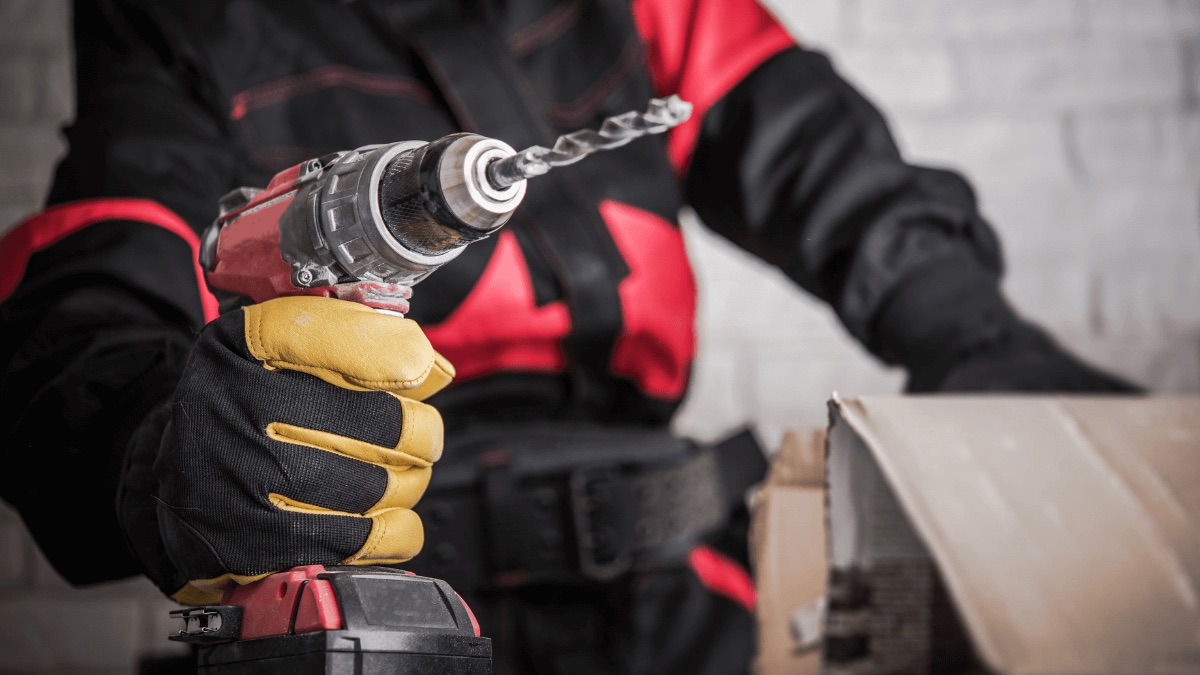

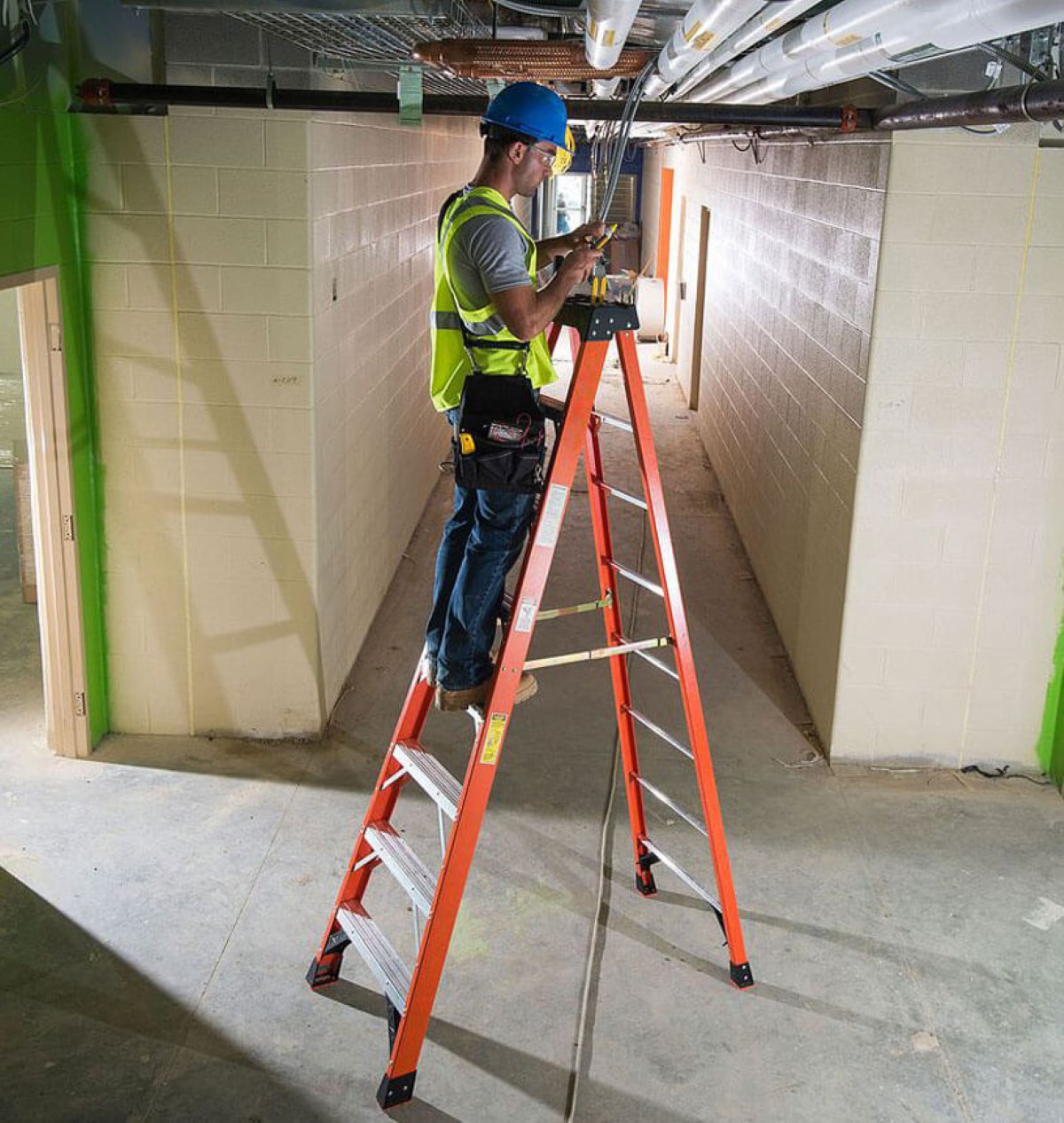
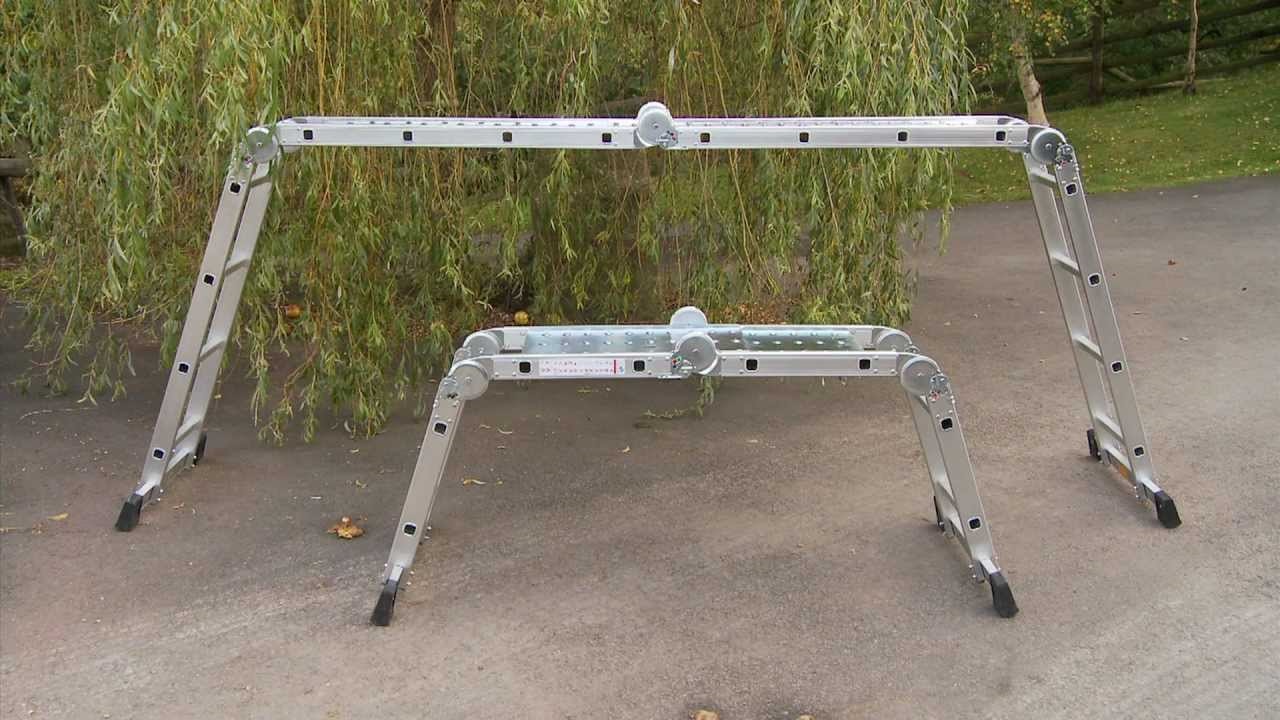

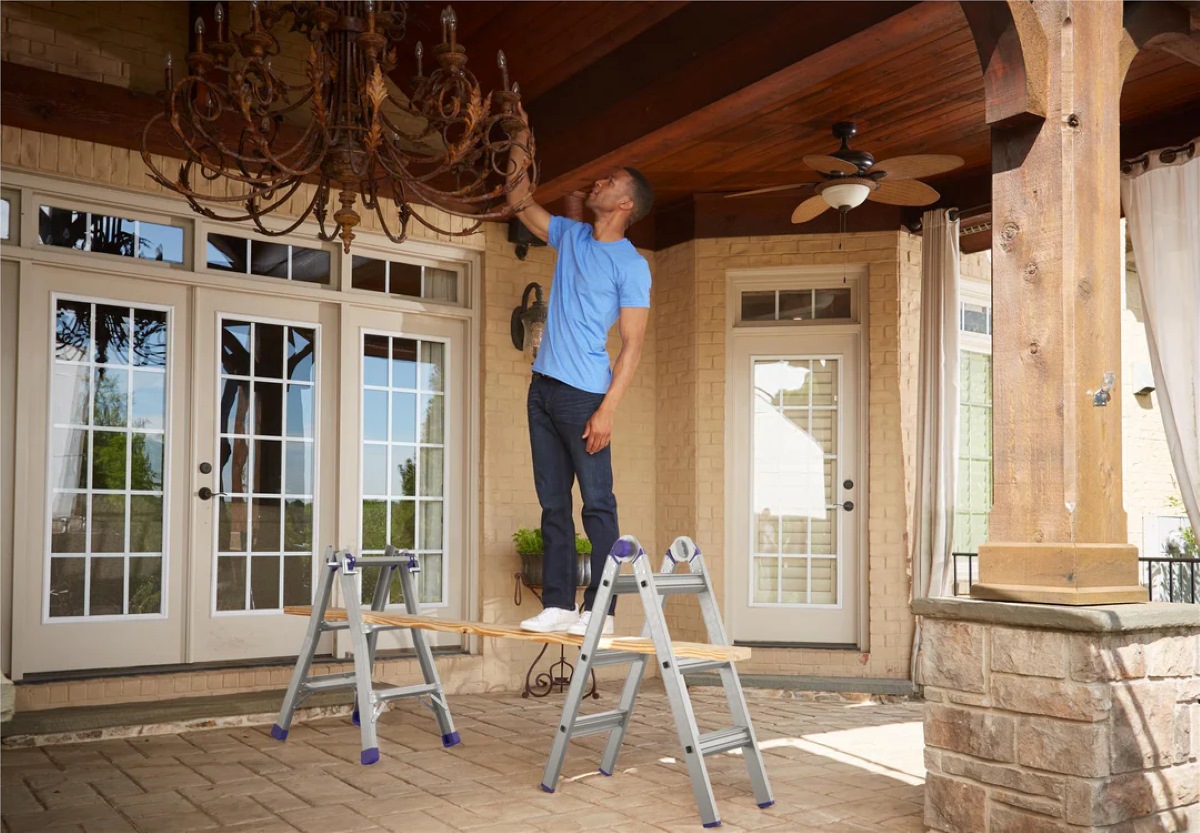
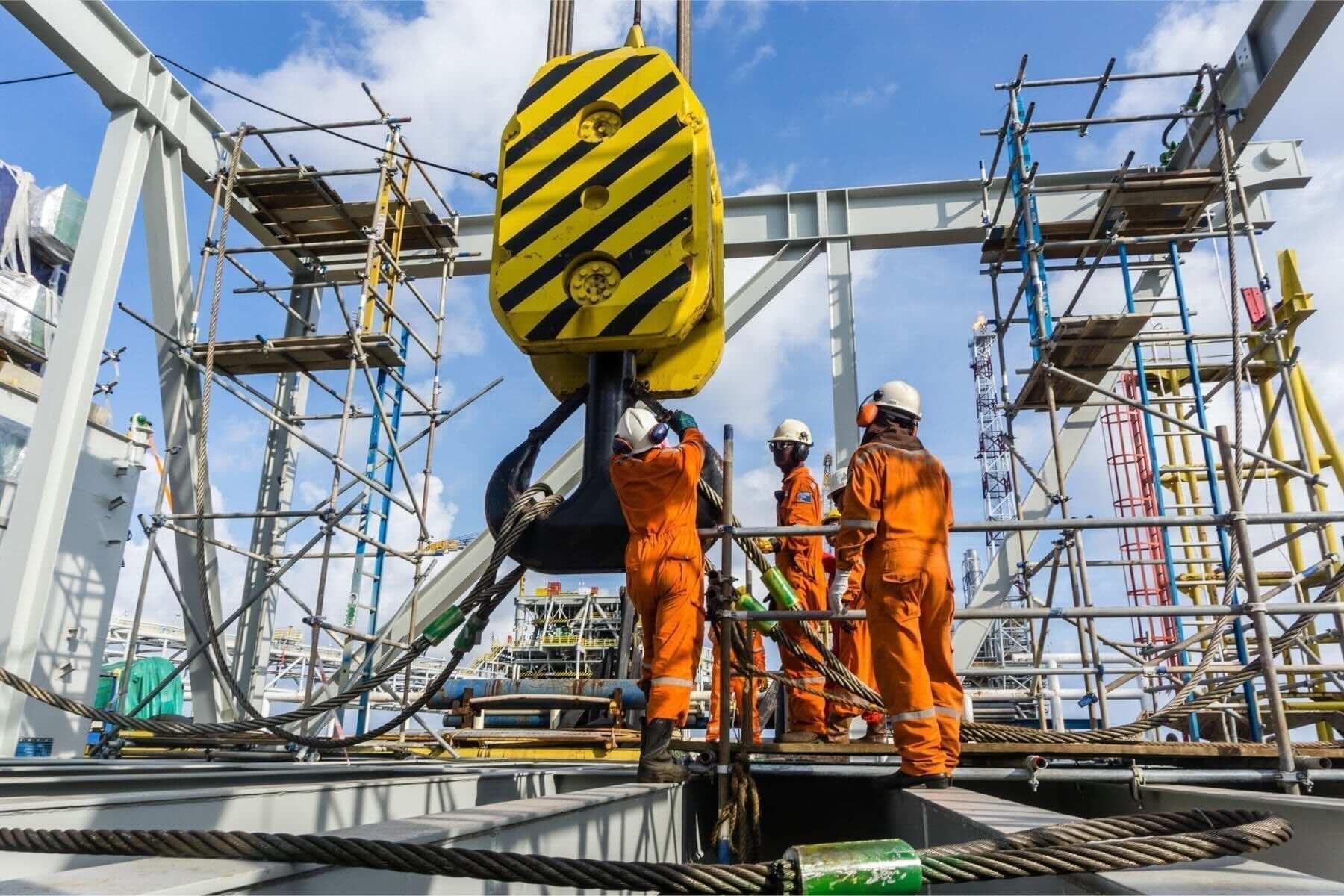
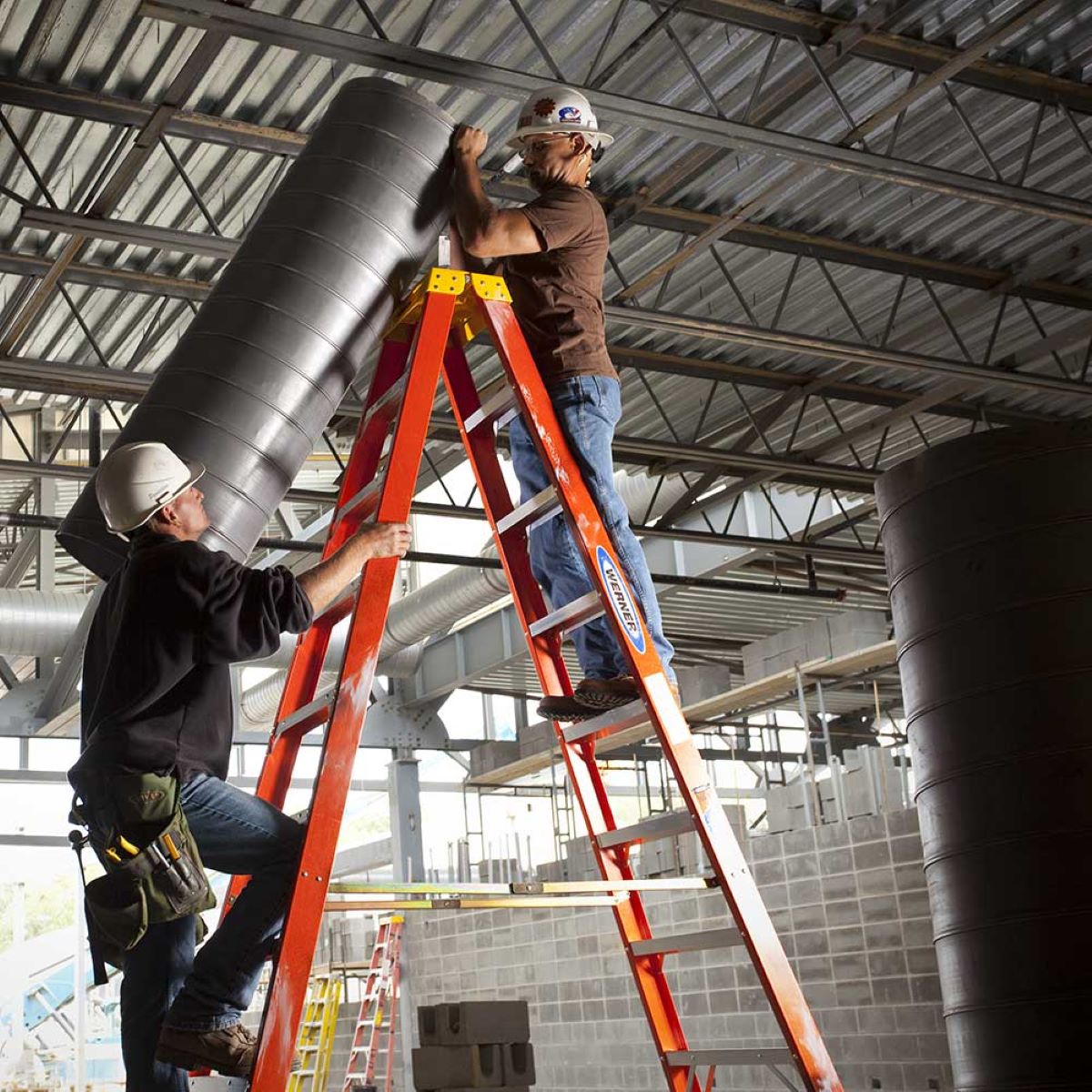

0 thoughts on “Which Ladder Materials Should Be Avoided When Working Near Power Lines”